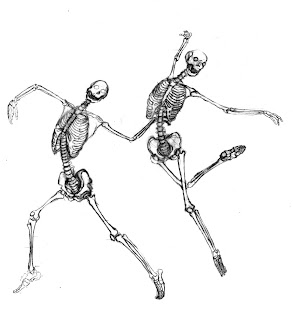Let’s Put Our Heads Together and Think About This One: A Primer on Ethical Issues Surrounding Brain-to-Brain Interfacing

By John Trimper Graduate Student, Psychology Emory University This post was written as part of the Contemporary Issues in Neuroethics course Remember the precogs in Minority Report ? The ones who could sync up their brains via the pale blue goo to see into the future? The precogs from the movie Minority Report Recent findings published in Scientific Reports (Pais-Vieira et al., 2013) suggest that the ability to sync up brains is no longer purely sci-fi fodder, and instead, has moved into the realm of laboratory reality. The relevant set of experiments, conducted primarily at the Nicolelis laboratory at Duke University, demonstrated that neural activity related to performance on a discrimination task could be recorded from one rat (“the encoder”) and transferred into a second rat’s brain (“the decoder”) via electrical stimulation. This brain-to-brain transfer of task-relevant information, provided the encoder rat was performing the task correctly, significantly enhanced the decoder


